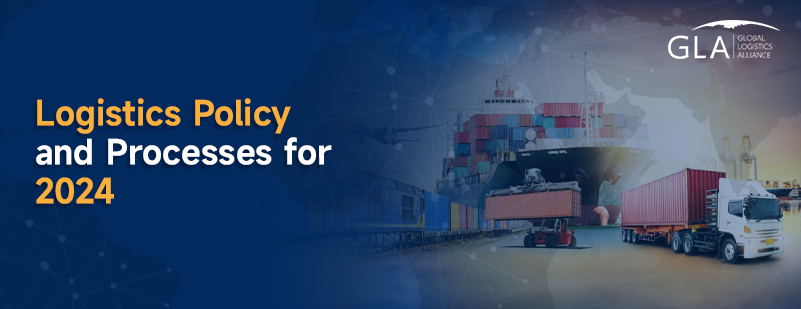Time:2024-02-21 Publisher:Kevin Num:6785

In September 2022, India introduced the National Logistics Policy (NLP), a visionary initiative aimed at transforming the logistics sector and fostering seamless connectivity across the nation. The NLP stands as a pivotal component, intricately weaving together existing strategic plans such as Gati Shakti, Sagarmala, Bharatmala, and Udaan. With its multifaceted objectives, the NLP is poised to create a synergy between logistics operations and transportation modes, ushering in a new era for the logistics landscape.
One of the most significant impacts of the NLP is its focus on digitization for expeditious clearances and real-time progress monitoring. This emphasis on technological integration catapulted India from the 44th to the 38th position in the World Bank’s Logistics Performance Index, signifying a substantial leap in efficiency and effectiveness.
Efficient logistics infrastructure plays a crucial role in economic growth and minimizing inflationary periods. For every rupee invested in infrastructure, the country's GDP gains between Rs. 2.3 to 3.5. Therefore, the NLP not only addresses the immediate logistical needs but also acts as a catalyst for broader economic prosperity.
Despite the positive strides, the logistics sector grapples with a myriad of challenges. Vulnerability to external and internal disruptions, issues related to land acquisition and clearances, cybersecurity threats, and data privacy concerns are omnipresent hurdles. Additionally, a shortage of skilled workforce due to long hours, insufficient training, and high attrition rates further exacerbates the challenges faced by the industry.
Adapting to geopolitical changes is imperative for the logistics sector's sustainability. Cost optimization and a meticulous analysis of the supply chain are vital components in navigating these changes. Robust international relations become paramount to ensuring minimal disruptions, and investing in skilled workforce and training programs becomes indispensable for strengthening the global supply chain network.
In alignment with its overarching goals, the NLP aims to reduce the logistics GDP share from 14-16% to 9% within three years. By 2030, the policy envisions India securing a spot in the top 25 of the Logistics Performance Index. To achieve these ambitious targets, the NLP proposes innovative solutions such as ropeways, funicular railway projects, and the integration of electric buses to optimize logistics.
Operational efficiencies are at the forefront of the NLP's strategy for cost reduction. Emphasizing practices like Kaizen for waste reduction in the supply chain, the policy seeks to streamline processes, enhance productivity, and reduce unnecessary expenses. This holistic approach not only benefits businesses but also contributes to a more sustainable and environmentally friendly logistics ecosystem.
In conclusion, the National Logistics Policy of 2024 charts a course towards a waste-free supply chain, leading to a more cost-effective and mutually beneficial logistics system for all stakeholders. By addressing the challenges head-on and leveraging technological advancements, the NLP is poised to usher in an era of unprecedented efficiency, connectivity, and economic growth for the Indian logistics sector.



